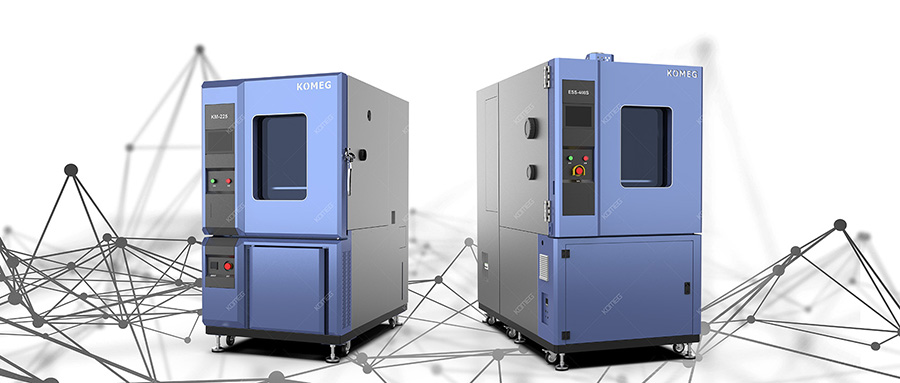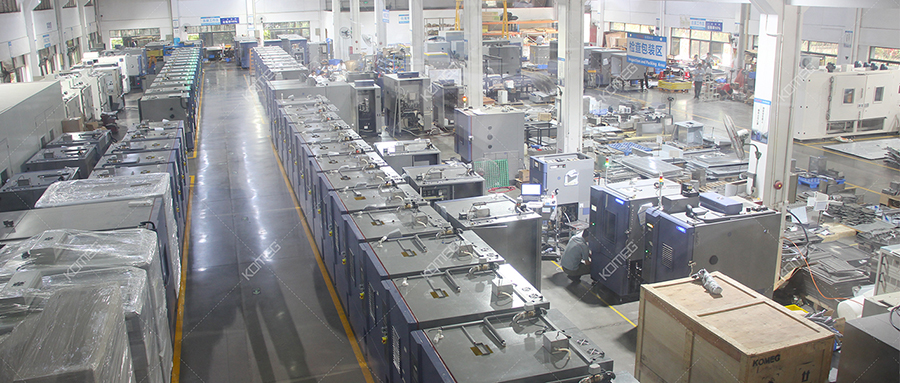Reliability test is a general term for various tests conducted to understand, evaluate, analyze and improve the reliability of products. That is, through testing and verifying the reliability of the product, we can find out the weak links of the product with limited samples, time and use costs.
Reliability test can be divided into: [environmental test], [life test], [special test] and [field use test].
Purpose:
(1) Make the product reach the predetermined reliability index in the development stage.
(2) Reliability identification shall be conducted during product development and finalization.
(3) Control the quality of products in the production process.
(4) The products are screened to improve the reliability level of the whole batch of products.
(5) Study the failure mechanism of products.

Improving product reliability is a system engineering. There are many terms related to reliability, which are often confused. Today, I will share some commonly used reliability terms for learning and exchange.
Common reliability terms in engineering include reliability, service life, warranty period, durability, mean time between failures (MTBF), failure rate, etc.
Reliability
The probability that the product will complete the specified function under the specified conditions and within the specified time.
observed reliability
a. For non repairable products, it refers to the ratio of the number of products that can complete the specified functions to the number of products that are put into operation at the beginning of the time interval until the end of the specified time interval.
b. For repairable products, it refers to the ratio of the number of times that one or more products have trouble free working time reaching or exceeding the specified time to the total number of trouble free working times within the observation time.
Note: When calculating the total number of trouble free operations, the last trouble free operation time of each product will not be counted if it does not exceed the specified time.
Maintainability
The products used under specified conditions shall be maintained or restored to the ability to complete the specified functions in accordance with the specified procedures and methods within the specified time. Availability The ability of a product that can be repaired to have or maintain a specified function at a certain time.
Maintainability
The probability that the product used under the specified conditions can be maintained or restored to the specified functional state when it is repaired according to the specified procedures and methods within the specified time.
Mean time between failures (MTBF)
A basic reliability parameter of repairable products. The measurement method is: under specified conditions and within specified period, the ratio of the total number of product life units to the total number of failures. Generally speaking, it means how many products, in how long, and how many failures have occurred.
Failure mode
The manifestation of failure. Failure mechanism refers to the physical and chemical changes that cause failure.
cumulative failure probability
The probability of product failure under specified conditions and within specified time is equal to one minus reliability.
Observed cumulative failure probability
For both non repairable and repairable products, it is equal to the observation value of a reduced reliability.
Observed mean failure rate
a. For non repairable products, it refers to the ratio of the number of failures within a specified period to the accumulated working time.
b. For a repairable product, it refers to the ratio of the number of failures of one or more products to the cumulative working time during an observation period within its service life.
Observed mean life (observed mean time between failures)
A. For non repairable products, when all test samples have observed the actual value at the end of their life, it refers to their arithmetic mean value; When not all test samples have observed the end of life censoring test, it refers to the ratio of the cumulative test time of the tested sample to the number of failures.
b. For repairable products, it refers to the ratio between the cumulative working time and the number of failures of one or more products during an observation period within their service life.

Durability
The ability of a product to complete a specified function when it reaches the limit of a certain technical or economic index under specified use and maintenance conditions.
Endurance test
A test conducted within a certain period of time to investigate the relationship between the performance of the product and the stress conditions applied.
Life test
The test conducted to evaluate and analyze the life characteristic quantity of the product.
Screening test
Tests conducted to select products with certain characteristics or eliminate early failures.
Constant stress test
A test in which the stress remains constant.
Step stress test
The test of gradually increasing stress with time.
Progressive stress test
Test of increasing stress at a constant rate over time.
Accelerated test
In order to shorten the test time, the test is conducted by increasing the stress without changing the failure mechanism.

Failure mode effect and criticality analysis
In the process of system design, it is a design analysis method to propose possible preventive and improvement measures to improve product reliability by analyzing various potential failure modes of each component unit of the system, their effects on system functions, and the severity of consequences.
Failure tree analysis
In the process of system design, through the analysis of various factors (including hardware, software, environment and per capita factors) that may cause system failure, a logic block diagram (i.e. fault tree) is drawn to determine various possible combinations of system failure causes or their occurrence probability, calculate the system failure probability, and take corresponding corrective measures to improve the system reliability.







